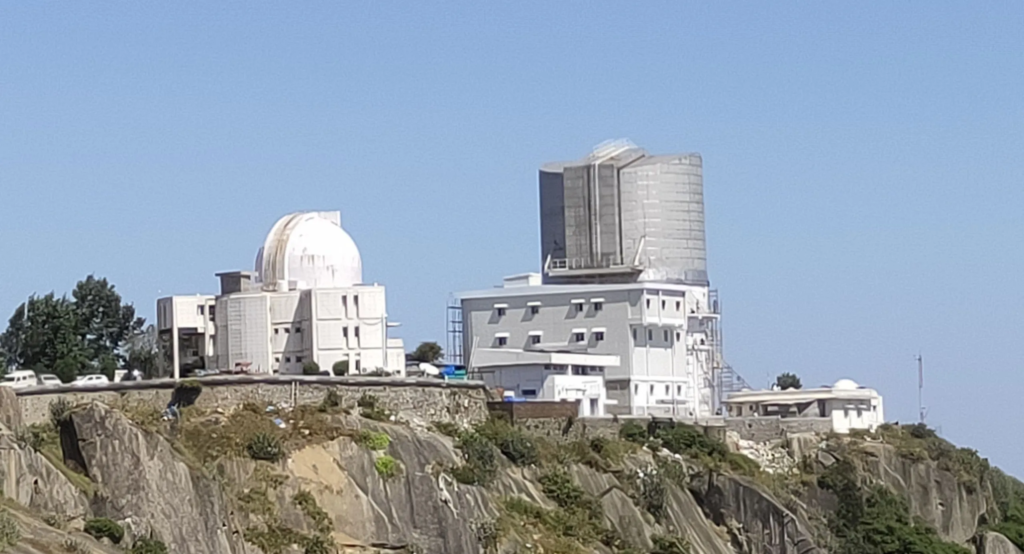
American space agency NASA plans to launch two rockets through active auroras to study the unique ribbons of light that pass across the Alaskan night sky.
It is expected that the rockets will lift off from the Poker Flat Research Range in Fairbanks, Alaska. Space physicists Marilla Samara and Robert Michell from NASA’s Goddard Space Flight Center will led the whole mission, the mission is divided into two parts. The main motive for studying the Auroras is because it aims to understand better why some auroras flicker, while others pulsate and some others appear to have holes in them.
On 21st January, the launch Window for the mission opened, but as we all know studying the eccentric light shows requires precise timing so the team will use ground-based cameras at the launch site and one at an observatory which is located about 130 miles (209 km) northeast of the rocket’s trajectory in Venetie, Alaska to determine the most accurate timing for launch based on auroral activity.

Aurora Borealis, which is also known as the Northern Lights, are created when charged particles from the sun collide with atoms in Earth’s upper atmosphere, releasing energy as light. Generally, scientists have a basic understanding of auroras and their activities, but in some cases, each instance of the phenomenon exhibits unique movements and behaviors, that’s why understanding different aurora behaviors will lead us to new insights about the space weather environment around our planet, NASA mentioned in a statement.
The NASA rockets flying into the auroras are equipped with instruments to study the interaction between electrons and the earth’s magnetic field. Each rocket will target a different type of aurora, and they collect the data. The collected data will hopefully help researchers better understand what initially set in motion the electrons that create them.
The first mission called GIRAFF (Ground Imaging to Rocket Investigation of Auroral Fast Features) aims to compare fast-pulsating auroras, which flash on and off a few times in a second, and flickering auroras, which do up to 15 times a second. GIRAFF which is led by Michell,will use the rockets to measure the energy, quantity, and relative arrival times of the electrons in both types of auroras to determine the different types of acceleration processes by which each auroras forms, as per NASA’s statement.
The second mission led by Samara called Black and Diffuse Aurora Science Surveyor will study the “black auroras,” which appear to have holes or patches of missing light. The rockets that will fly through this type of aurora will search for outgoing electrons that may have reversed direction, which results in dark void spots across the otherwise fluid, colorful bands of light.
Not only does the team have to launch it accurately at the right time, but they also have to aim the rockets on the right trajectory. It takes hardly five minutes for the rockets to reach the altitude where they will study the Northern Lights, so firstly the team has to assess the best where the auroras will travel over that period of time from when they are first detected using the ground-based cameras.
“You do the best you can, but there’s a certain mix of intuition and determination you need,” Samara said in the statement.
Check out more space news at Techsgyaan.


